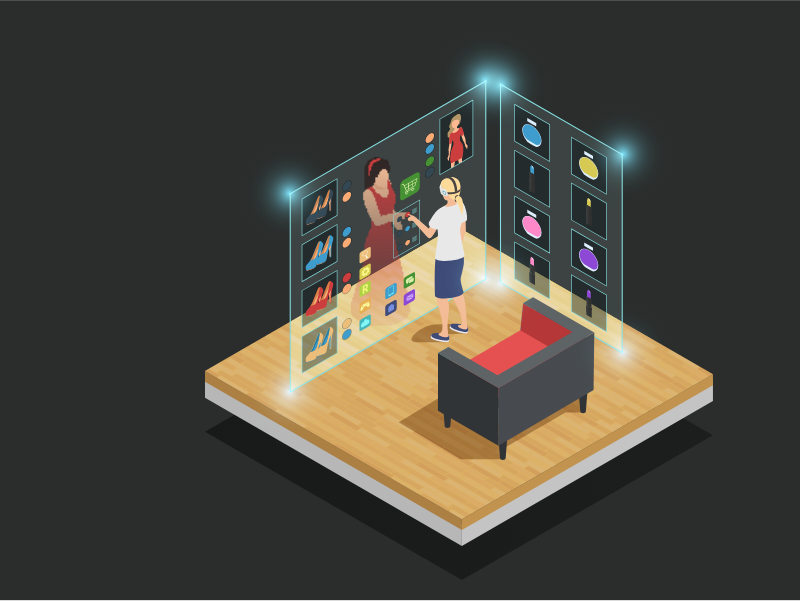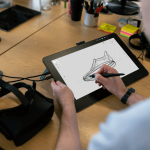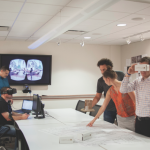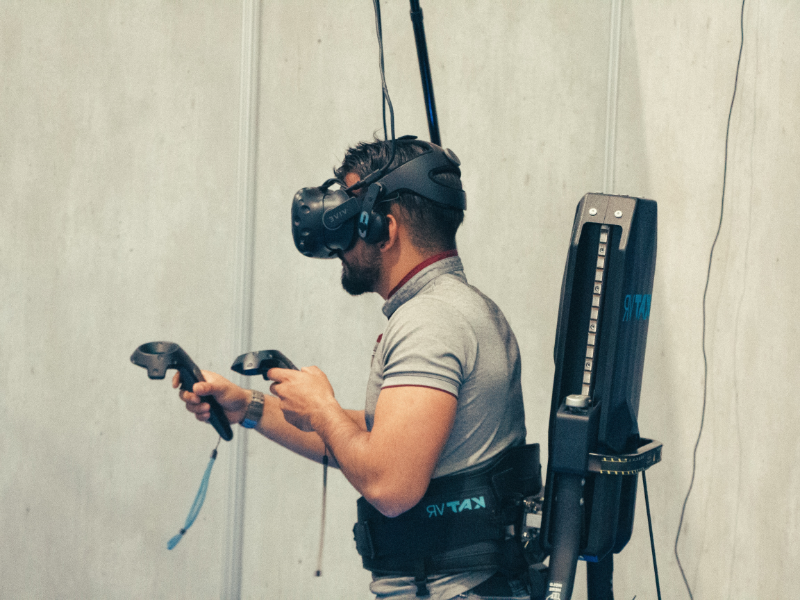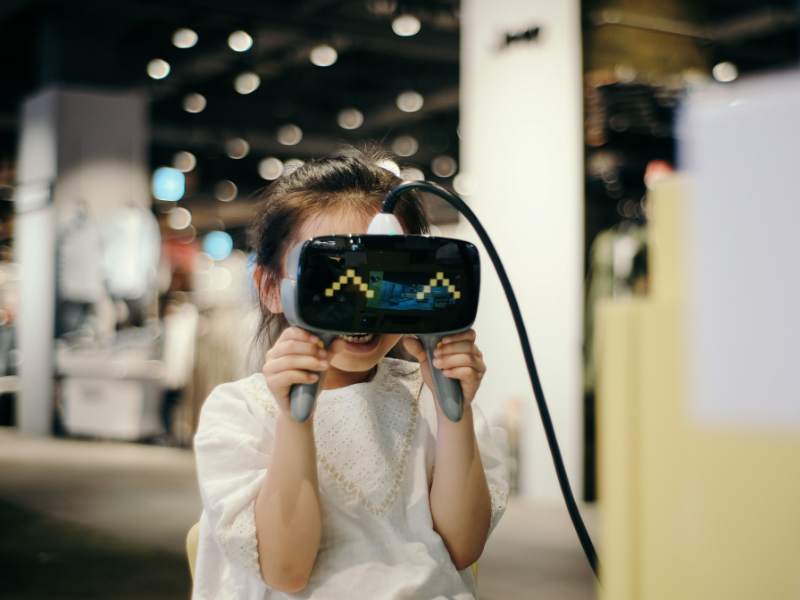Augmented reality (AR) and virtual reality (VR) will have an impact of up to 1,500 million dollars in the global economy in 2030. These technologies will help, among other activities, to develop products more efficiently, to improve the consumer experience or to better train professionals, which will lead to a significant increase in the income of the companies that use them.
Augmented and virtual reality in the retail sector offers a vast range of new possibilities to connect with, entertain or interact with the consumer. From virtual testers to AR applications with which we can see how a modern sofa would look in our living room before buying it. These technologies will be able to generate, according to PWC, an income of up to 204,000 million dollars in the next ten years. Every other company involved in the retail business is looking for exceptional App Developers to compete well in the market.
Technology to the Rescue
The origin of the different techniques that we generally label as Virtual Reality is somewhat scattered. We can go back to the 60s to find the first VR experiences, for example, with the well-known “Sensorama”, but it will not be until the 90s that it begins to reach the general public through movies and video games.
And despite having been with us for many years, the development & acceptance of VR technology by the industry has been somewhat slow and irregular. For instance, leaving aside the issue of fashions, it must be recognized that there was a fundamental technical problem: expensive and quite bulky specific equipment was needed.
What is changing then? Technology. There are already a multitude of VR / AR applications built by Virtual Reality Developer that can work correctly on a conventional smartphone. The user is no longer obliged to necessarily buy any new device to access virtual reality shopping experience; the phone in his pocket is enough.
The Virtual in Retail is Heating Up
According to Oracle data, VR-Commerce (or V-Commerce, Virtual Commerce, the terminology is also changing almost as fast as technology) is expected to grow at a rate of 96% annually. According to estimates, the number of Virtual Reality users around 171 million and the volume of sales through VR above 28 billion dollars by the end of 2020. VR is quickly transforming the gaming industry, and Game developers are creating amazing tools of entertainment. Same is the case with retail and other businesses as they are implementing AR and VR. Beyond the forecasts, what is clear is that the large companies are using virtual reality in the retail sector, and they do not seem to have any intention of missing this train.
“If you don’t have VR or AR product for your retail business, you will certainly miss a large amount of potential customers in the upcoming years.” said, Mickey Drexler, chairman and CEO of J. Crew.
Virtual Reality Retail Examples
Walmart and its “3D Virtual Shopping Tour”.
Walmart, the American retail giant, has launched its 3D Virtual Shopping Tour, a virtual tour that allows us to tour an apartment and buy any piece of furniture or decoration item that we like simply by clicking with the mouse on it. An immersive virtual reality experience that transports the user to the interior of a real apartment directly with his mobile phone. It is one of the primary virtual reality retail examples using VR to another level. Nothing to see a vase in the window of the store and try to imagine if it would look good or not in the living room, now we can see the effect it causes next to the window and with some tulips inside, click on it if we like and add it to our shopping cart.
IKEA has its Virtual Reality Store
Ikea also has its Store Experience in VR, a virtual visit that allows you to visit one of its stores and create our shopping list with those furniture and decoration elements that we like the most. An Ikea store that never closes and you don’t have to queue. Attractive, right? The company has implied one of the significant trends of AR & VR to boost their sales.
Tommy Hilfiger Virtual Reality Catwalk Experience
Focusing the use of Virtual Reality from another perspective, Tommy Hilfiger created in 2015, a virtual reality store & experience for some of its locations. Users can shop by using VR glasses (Samsung Gear); the user could experience what it was like to attend a fashion show sitting in the front row. You could see on the move and a person the clothes that he had in store, thus facilitating the purchase decision.
Virtual Reality Shopping Experience is Closer to Reality
71% of online consumers would buy more often from a retailer if they could experience the products or services with augmented reality. It is stated by the study of Retail Perceptions Report, The impact of augmented reality in the retail sector. The same report indicates that there is a correlation between the use of augmented and / or virtual reality and the investment that customers would make. Specifically, 4 out of 10 eShoppers say they would be willing to pay more for a product if they were able to experience it thanks to these technologies.
The Future of VR / AR in Retail?
The common characteristic of virtual reality retail examples is that the user does not need anything more than his mobile phone to go through the virtual experience (or in the case of Tommy Hilfiger, a specific model of a mobile phone). And it must be borne in mind that most potential customers still do not have VR glasses at home (I insist, again), but they do have a smartphone.
These are unique and impressive experiences, but above all, they greatly facilitate their use for the customer and make shopping something fun. Interaction and immersion end up leading the user to conversion, for sale in virtual reality shopping experience. Regardless of how large retailers end up using these technologies, the truth is that Virtual Reality and Augmented Reality in not too long will change the way we buy.
Through VR, you can combine the experience of walking through a store or department store with all the comfort of online commerce (from home, in sneakers, at any time … without queues or crowds!). For its part, VA enriches the classic experience of physically approaching to buy from a lifelong store by adding digital information to the products we see on the shelves (information on traceability, options, uses, guarantees, etc.)
The future of Virtual Reality is auspicious and offers retailers vast possibilities. AppStudio is the world’s leading brand developing hundreds of successful virtual products. We have an intensive mechanism that helps us produce VR based mobile apps with excellent user experience.
Talk to us for further information and a detailed roadmap. We have a team of experts dedicated to answer your all queries and to help you understand the benefits of VR for your retail business. Contact us now!
